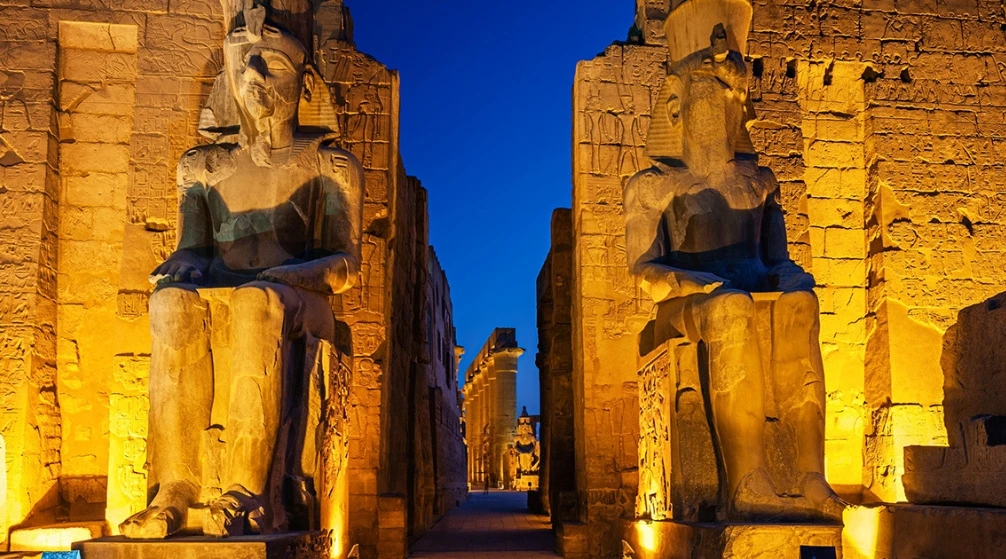Things to See and Do in Aqaba, Jordan
Aqaba's unique culture is defined by its position at the crossroads between Africa, Asia and Europe. From historical sites to underwater wonders, Aqaba offers something exciting for every visitor!
Explore the Old Town to purchase handcrafted keepsakes and explore its ancient ruins before visiting Sharif al-Hussein bin Ali Mosque with its shimmering white structure, featuring an intricate minaret and beautiful arches.
The Perfect Redsea Paradise for Every Traveler
No matter your travel type or interest, Aqaba offers something special to everyone who visits in Jordan Tours From adventure seekers in search of underwater kingdoms to history buffs searching out ancient artifacts from days gone by, this Red Sea destination provides stunning beauty and unmatched culture that make for an unforgettable journey.
Aqaba, Jordan's sole coastal city, offers visitors the perfect blend of ancient charm and modern amenities. Ranging from luxurious beach resorts with infinity pools that blend into the sea to charming guesthouses tucked into bustling streets, Aqaba provides accommodations suitable for any budget.
Aqaba is best visited during its cooler spring and fall seasons or wintertime, when temperatures are a bit more manageable. Summer can become very crowded and hot. To stay safe while exploring, bring plenty of water and sunscreen when visiting Aqaba, as the sun can sometimes be strong. Aqaba welcomes travelers of most nationalities; however, it is still prudent to exercise common sense and follow basic safety tips.
History of Aqaba
Aqaba has long been one of the leading tourist destinations in Jordan, thanks to its prime location between Wadi Rum and Petra. Boasting an enviable mountain ridge location with an alluring red-sand coastline that makes for ideal diving and snorkeling conditions, Aqaba remains a prime spot.
Aqaba offers more than just underwater treasures; its historic landmarks are equally fascinating. One such landmark is Aqaba Castle, built by Mamluk Sultanate to protect against Arabian Peninsula invaders during history.
Aqaba Castle stands as a testament to Aqaba's rich past. Aqaba became an important trade hub during the 16th century due to its location between Europe and Asia; however, due to changing trade routes and the rise of maritime powers such as Venice and Genoa, its prominence decreased substantially over time.
Aqaba's ancient ruins include the Sharif Hussein bin Ali Mosque, which became an emblem of Arab nationalism during World War I when attacked by Ottoman forces and served as a center of resistance. Since its restoration and revitalization efforts have begun, it now serves as an important landmark.
How to Get to Aqaba
Hiring a private driver to reach Aqaba is probably the quickest and easiest way. If you are staying in Wadi Rum Village, finding such a driver should not be difficult; your camp's guides should be able to assist with this endeavor.
Public transport options include minibuses that don't operate according to set schedules; instead, JETT offers a bus with dedicated routes between Aqaba and Wadi Rum; these trips take approximately an hour one way and cost 3JD one way.
Buses will stop at Eilat's border crossing (check your Jordan Pass for free entry or pay 5JD at the gate), where you can either cross and walk along the highway to Aqaba directly across it or take a taxi from outside of the border gate if walking isn't your thing; taking taxis outside works too, while private transfers between Eilat and Aqaba often work out cheaper than driving independently.
Scube Diving
The Red Sea is home to some of the world's most stunning marine life, and diving Aqaba offers an excellent way to discover it. Unlike some locations, Aqaba boasts a mild current that makes diving easier and more enjoyable than elsewhere.
Fringing reefs begin just off of the shoreline and stretch into canyons, pinnacles, and drop-offs suitable for all skill levels. They offer excellent snorkeling for beginners as well as more experienced divers alike and boast a rich ecosystem filled with fluorescent Nudibranches, reef clownfish, Snowflake moray eels and lionfish as inhabitants.
Aqaba offers unique wreck dives like the Cedar Pride, an historic Lebanese freighter scuttled intentionally in 1985. Additionally, Jordan's first underwater military museum, the Aqaba Tank, can also provide visitors with historical perspective during their dive.
Aqaba boasts numerous dive centers that specialize in PADI and SSI courses ranging from Discover Scuba Diver through Professional levels. Most try to limit the number of divers per guide so as to protect marine life as well as ensure their own safety.
Desert Adventures:
Beyond its coastal wonders, El Aqaba also offers adventures in the nearby desert. Explore the rugged beauty of the Sinai Peninsula with Jeep safaris, camel rides, or quad biking excursions. Discover ancient Bedouin camps nestled among the sand dunes, where you can experience traditional hospitality, feast on Bedouin cuisine, and learn about the nomadic way of life. As the sun sets over the desert landscape, immerse yourself in the magic of the desert sky, which is ablaze with countless stars.
Snorkeling in Aqaba
Aqaba boasts some of the world's most magnificent coral reefs, making it a must-visit destination for snorkeling enthusiasts. Snorkeling is a fun recreational activity ideal for tropical resort locations, as visitors can observe underwater life without needing extensive training or heavy equipment, providing a great opportunity for whole families to explore Red Sea marine wonders together.
South Beach is one of the region's premier attractions, located 6 miles south of Aqaba towards Saudi border and home to clownfish living within anemones, clunfish, and yellowtail surgeonfish in their habitats above an impressive reef drop-off.
Popular tourist hot spots include Seven Sisters, Japanese Garden, Tank, and Cable Reef. A few kilometers south of the city, you can also visit an expansive shipwreck and an airplane wreckage.
Your trip offers plenty of boat and shore snorkelling excursions; beginners may prefer joining a guided shore snorkelling tour to familiarise themselves with Aqaba's marine environment and waterways.






-webp.webp)
-webp.webp)

-webp.webp)



